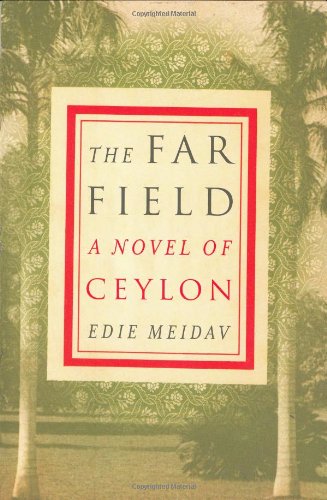The Far Field
Ceylon just before World War II is the setting for this long novel. “The characters and events,” we are warned in the Author’s Note, “as well as much of the…topography are conflated or invented,” yet all is given a slithery truth by a writer who lived in the country as a Fulbright fellow.
Henry Gould leaves wife, child and a Theosophical sort of Buddhist soiree in New York to found a model village in the British colony–to teach, our protagonist says, the people their own culture. It’s a difficult pilgrimage, and Meidav does not make it easy to watch the unrelieved ugliness of this American. Gould expects villagers to volunteer for projects he doesn’t lift a finger to further himself, requires the watchful care of servants to bumble through native life, leads iconoclastic raids on shrines of the lower castes to turn their offerings into his model compost heap (the most powerful scene in the book), and can’t even bother to answer the letters of his own eight-year-old son.
Meidav’s lush style evokes the time and place well and offers that inducement to follow this mid-life crisis. Yet some scenes are denied us all together in favor of navel-gazing: Paddy tapping, for example–requiring men to walk tightrope from tree to tree–we never actually *see*. And whatever happened to that two-headed calf, besides giving Gould the opportunity to have an affair with his maid? Colonialists are certainly bad guys, whether British, or of the more insidious American variety. “He is not at the edge of a crater,” Gould realizes, “he *is* the crater.” Not every reader will enjoy performing this act of penance.










